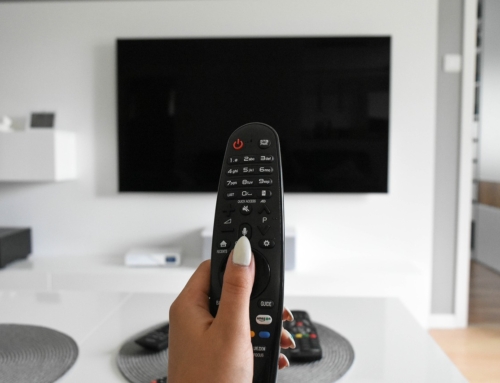In the battle against bed bugs, early detection is crucial. This is where bed bug monitors, also known as bed bug detectors, play an invaluable role. These devices are designed to lure, detect, and sometimes trap bed bugs, providing an early warning of infestation. But how exactly do these monitors work? Understanding the mechanics behind bed bug monitors can help homeowners and pest management professionals effectively utilize these tools to prevent and control bed bug infestations.
### The Lure: Mimicking Human Presence
Bed bugs are attracted to humans because of the warmth, carbon dioxide (CO2), and certain chemicals we emit. Many bed bug monitors leverage this behavior by mimicking these signals to lure bed bugs into the device.
– **Heat**: Some monitors use heating elements to simulate the warmth of a human body. Bed bugs, drawn to this heat, move towards the bed bug detector, believing it to be a potential host.
– **Carbon Dioxide**: CO2 generators within certain monitors replicate the carbon dioxide produced by human respiration. This is particularly effective because CO2 is a powerful attractant for bed bugs, guiding them to the source in search of a blood meal.
– **Pheromones and Chemical Attractants**: Advanced monitors may include synthetic pheromones or chemical attractants that mimic the scents associated with human skin or bed bug aggregation, further enticing bed bugs to the monitor.
### The Detection: Visual Confirmation and Trapping Mechanisms
Once bed bugs are lured to the monitor, detection can occur in various ways. Some monitors are designed for visual confirmation, where bed bugs are attracted to a surface or area that allows homeowners or professionals to easily see and identify them.
Other monitors incorporate trapping mechanisms. These can range from simple adhesive surfaces that bed bugs stick to, to more complex pits or moats that bed bugs cannot climb out of. The design of these traps ensures that once bed bugs enter the monitor, they cannot escape, allowing for accurate assessment and confirmation of an infestation.
### The Role of Monitors in Bed Bug Management
While bed bug monitors are an effective tool for early detection, they are most powerful when used as part of an integrated pest management (IPM) approach. Regular monitoring can alert homeowners to the presence of bed bugs before an infestation becomes widespread, facilitating timely and targeted treatment. Additionally, monitors can serve as a tool for assessing the effectiveness of treatment strategies, providing evidence of continued activity or confirming the success of eradication efforts.
### Conclusion
Bed bug monitors work by exploiting the natural behaviors and attractants of bed bugs, using heat, carbon dioxide, and chemical signals to lure them into a device for detection or trapping. Understanding the mechanics behind these monitors is key to leveraging their potential in early detection and management of bed bug infestations. Whether used in residential settings or by pest management professionals, bed bug monitors are a critical component in the fight against these elusive and persistent pests.





